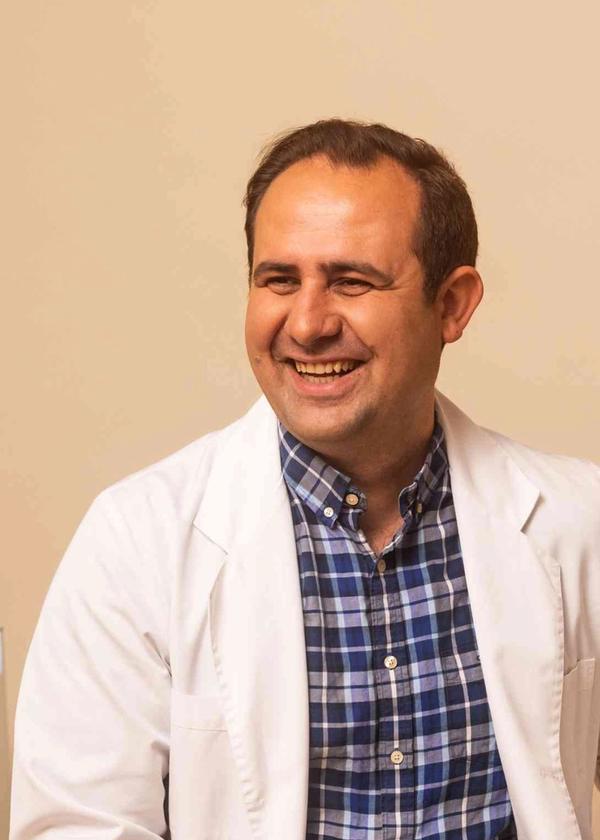The treatment of varicose veins can vary depending on the severity and extent of the condition. Her are some common treatment options:
Lifestyle Changes: Making simple lifestyle changes can help alleviate symptoms of varicose veins. This includes maintaining a healthy weight, exercising regularly to strengthen leg muscles and improve circulation, and avoiding prolonged periods of standing or sitting.
Compression Stockings: Compression stockings or compression pantyhose can help improve blood circulation in the legs by applying even pressure. This can reduce swelling and discomfort.
Leg Elevation: Elevating the legs above heart level when resting can help reduce swelling and ease discomfort.
Sclerotherapy: This is a common treatment where a special liquid or foam is injected into the veins to irritate the walls of the varicose veins. This causes the veins to collapse and gradually disappear.
Laser or Radiofrequency Therapy: These methods use heat energy from lasers or radio waves to close off the varicose veins.
Surgical Interventions: In more severe cases, surgery might be necessary. Procedures could include vein ligation (removal of varicose veins), removal of damaged veins, or laser treatment.
Endovenous Laser Treatment (EVLT) or Radiofrequency Ablation: These are minimally invasive procedures where a thin catheter is inserted into the veins through a small incision, and either laser or radiofrequency energy is used to heat and close the varicose veins.
Remember to consult your doctor to get advice on which treatment is best for you, based on your condition and medical history.
